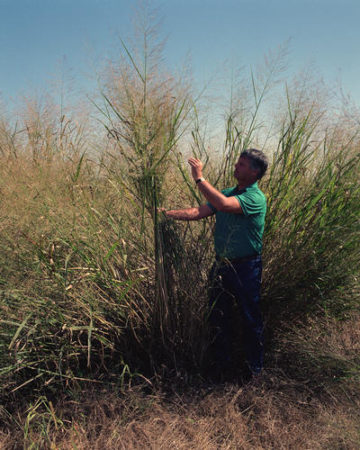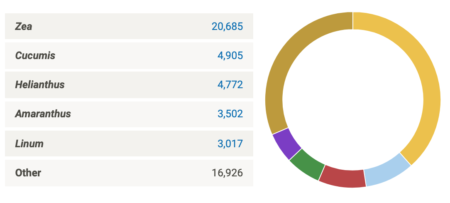Time to clean up a few things, I think. For a while now, I’ve been hoarding links to edited volumes. My idea was to do a special dedicated Brainfood on each one, but I now fear that just ain’t gonna happen. Too much other stuff on. So here they are. Maybe one of you will help me out? You know what to do. A pithy one or two sentences summarizing each paper, based on the abstract only if you’re into the whole brevity thing. Interested? Let me know in the comments below, and we’ll set something up. Our first guest-curated Brainfood…
Here they are:
- Do you remember the 2017 book Against The Grain: A Deep History of the Earliest States by James C. Scott? I think we may have blogged about it. Anyway, it suggested that it was grain (as opposed to tuber) cultivation that led to the development of hierarchical states. Grain is visible and portable, and so easy to tax, you see. There are interviews with the author galore if you like podcasts. Ok, well, the Cambridge Archaeological Journal had a whole Review Symposium deconstructing that particular revisionist narrative.
- In 2018, something called the 1st International Conference on Genetic Resources and Biotechnology was held in Bogor, Indonesia. A bit of a misnomer, it was really mainly about “[i]nformation system and exchanges of genetic resources for effective crop improvement.” These are the proceedings, and all of the dozens of papers are open access. Maybe someone out there could do their Top 10.
- This one is not as relevant as the others, but it’s interesting nonetheless: Remote Sensing of Plant Biodiversity. Surely some of the 20 contributions have something to say about agricultural biodiversity? Who’s willing to have a look?
- Then there’s the Special Issue of Application in Plant Sciences on Machine Learning in Plant Biology: Advances Using Herbarium Specimen Images. Yummy. Automated identification of CWR specimens, anyone?
- And finally, just out, a Topical Collection in Agriculture and Human Values on Agriculture, Food & Covid-19. Come on, who can resist a hot-take (well, a Rapid Response Opinion) entitled Maybe there is an alternative after all?
Looking forward to hearing from you.
And don’t worry, there’ll be a normal Brainfood on Monday as usual.


